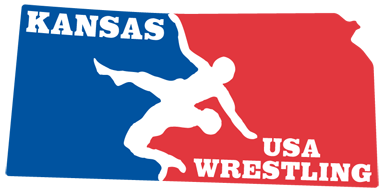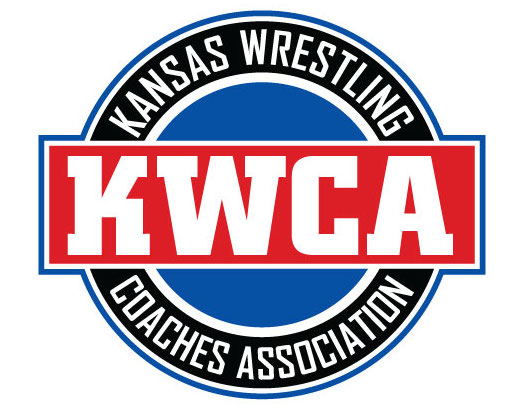A major clarification pertaining to certification of a wrestler’s minimum weight class under KSHSAA policy and procedure needs to be made. The current interpretation and application of certification is best explained by use of two examples:
Example 1: Wrestler A at the second school team competition weigh-in (which is prior to the Winter break) wants to certify his minimum weight. He presents a urine sample that the assessor deems is hydrated. He steps on the scales and weighs in at 151.8 pounds. He is now certified at 152 pounds. He continues to participate in practices and meets during the first semester and early into the second semester and his weight continues to drop (due to better dieting and weight management and physical activity) to 144 pounds. At a school team competition weigh-in after the winter break, he wants to try to certify at 145 pounds. He presents a urine sample that shows he is hydrated, he immediately then steps on the scales and weighs in at 144.7 pounds. Can he now be certified at 145 pounds?” The current KSHSAA interpretation is that “Yes, he can now certify at this lower weight.” IMPORTANT REMINDER: The KSHSAA provision that in order for a wrestler to wrestle at their minimum/certified weight in the State Tournament series, a wrestler must have a minimum of one-half of their total competition weigh-ins at their minimum certified weight prior to the state tournament series, a wrestler still has to meet this provision in order to compete at this later minimum certified weight class. If the wrestler certifies at a lower weight class but it is later in the competitive season, he may not be able to compete in the state tournament series because the total number of competition weigh-ins they participated in prior to the state tournament series (prior to the regional competition weigh-in) does not meet the one-half requirement.
Example 2: Wrestler A at the second school team competition weigh-in (which is prior to the Winter break) wants to certify his minimum weight. He presents a urine sample that the assessor deems is hydrated. He steps on the scales and weighs in at 151.8 pounds. He is now certified at 152 pounds. He continues to participate in practices and meets and his weight continues to drop due to better dieting and weight management to 144 pounds. At a school team competition weigh-in after the winter break, he wants to try to certify at 145 pounds. He can not provide a urine sample that shows he is hydrated but he weighs in at 144.7 pounds. Is his season over? NO, he is still certified at 152 pounds. Since he could not provide a urine sample showing that he is hydrated, he could not certify at 145 pounds, BUT because he was originally certified at 152 pound class he is still eligible to participate in wrestling.
The board in their discussions did give some flexibility to “certification” which does not run counter to the basic concepts the weight-management committee supports. The idea of essentially permitting “re-certification” of a wrestler’s minimum weight class allows wrestlers to certify early in the season, continue to work on weight management and still certify later at a lower weight provided they can still keep hydrated. The “safety factor” of this interpretation is that if a wrestler is going to wrestle at their “minimum certified weight” for the state tournament series, the wrestler still has to have a minimum of one-half of their competition weigh-ins at that weight class prior to the regional weigh-in. This approach also serves somewhat as a “safety valve” by allowing a wrestler to certify early in the season and if they can’t get to a lower weight and present a hydrated urine sample for a later certification weigh-in, they can essentially “re-certify”. And it will certainly minimize the chances that their season ends on January 13.







